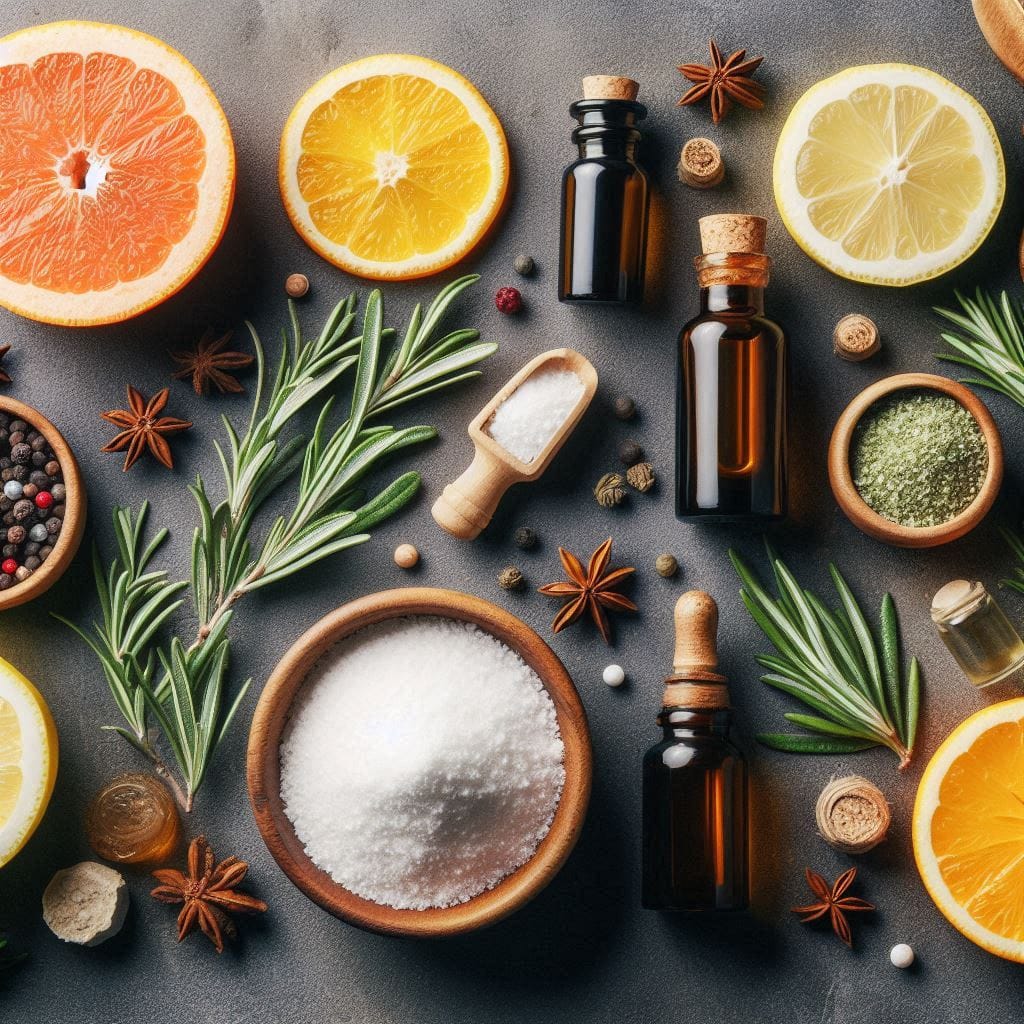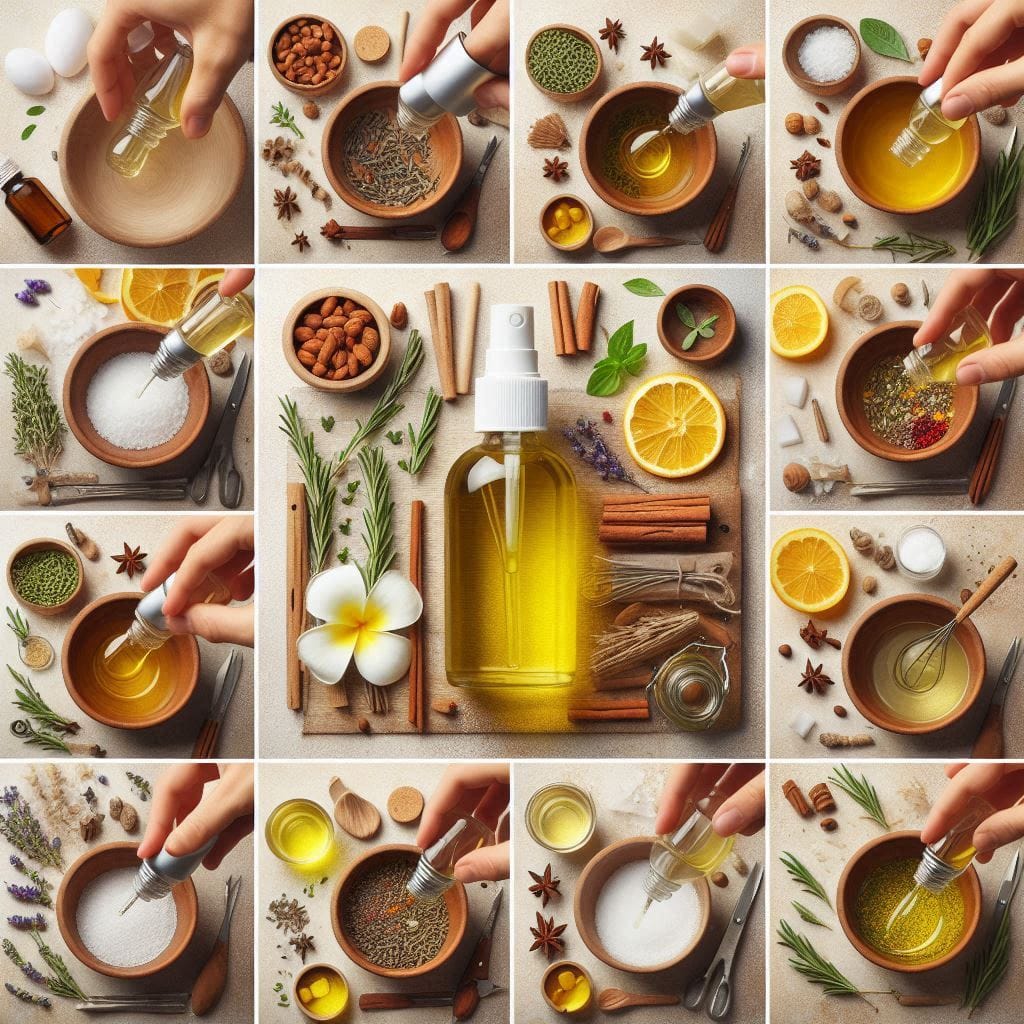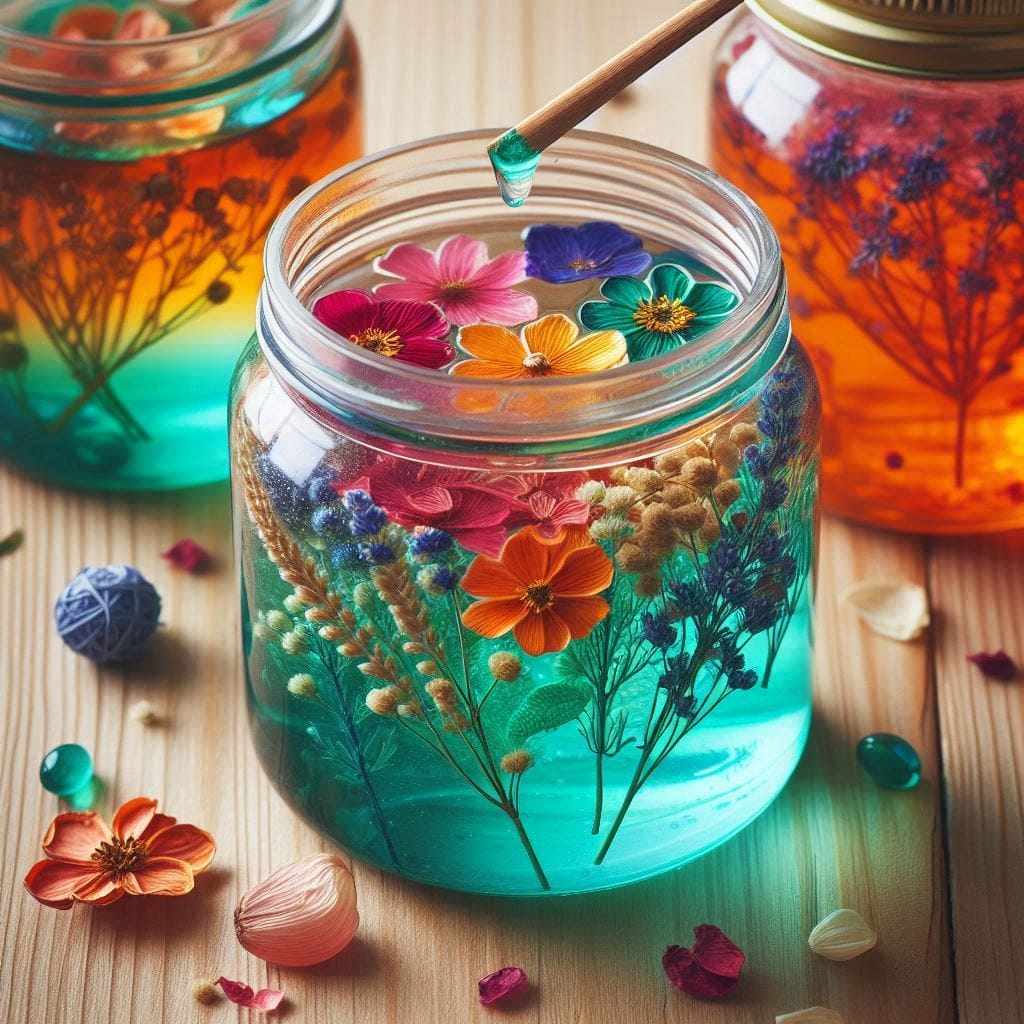We all enjoy a fresh-smelling home, but many commercial air fresheners contain harmful chemicals that can affect your health and the environment. Synthetic fragrances often contain allergens and toxic substances like phthalates, formaldehyde, and VOCs (volatile organic compounds), which can irritate your respiratory system and contribute to indoor air pollution. Thankfully, making your own non-toxic air fresheners at home is easy and affordable.
In this blog post, we’ll guide you through simple, natural, and safe DIY air fresheners that will leave your home smelling fresh without compromising your health. Whether you’re looking for something to eliminate odors, add a pleasant scent, or simply freshen the air, we have several eco-friendly options to get you started.
1. Why Choose Non-toxic Air Fresheners?
Health Benefits
Commercial air fresheners often contain chemicals like phthalates, formaldehyde, and benzene, which can trigger asthma, allergies, or respiratory issues. Non-toxic air fresheners made from natural ingredients don’t release harmful chemicals, making them safer for you, your family, and your pets.
Environmental Impact
Most store-bought air fresheners come in single-use plastic containers or aerosol cans, which contribute to plastic waste and environmental pollution. By making your own air fresheners, you can reduce waste and use eco-friendly, reusable containers.
Customizable Scents
With DIY air fresheners, you have complete control over the scent and ingredients. Whether you prefer citrus, floral, or herbal aromas, you can mix and match essential oils and natural ingredients to create a scent that reflects your style and mood.
2. Common Ingredients for Non-toxic Air Fresheners

Before we dive into the recipes, let’s take a look at some common ingredients used in homemade air fresheners. These natural components are safe, affordable, and easy to find at your local store or online.
1. Essential Oils
Essential oils are concentrated extracts from plants that offer a wide range of natural scents. Popular oils for air fresheners include:
- Lavender: Calming and floral
- Lemon: Fresh and uplifting
- Peppermint: Energizing and minty
- Tea Tree: Purifying and herbal
- Eucalyptus: Refreshing and clean
2. Baking Soda
Baking soda is a powerful deodorizer that neutralizes odors instead of masking them. It’s ideal for absorbing smells from pet areas, kitchens, and bathrooms.
3. Vinegar
White vinegar is a natural disinfectant and odor eliminator. It works well in DIY sprays, especially when combined with essential oils.
4. Citrus Fruits
Citrus fruits like lemons, limes, and oranges not only provide a fresh scent but also contain natural oils that help purify the air.
5. Herbs and Spices
Dried herbs like rosemary, thyme, and mint, as well as spices like cinnamon and cloves, can be used to infuse your home with pleasant, earthy aromas.
6. Gelatin or Agar
Gelatin or agar powder can be used to make gel-based air fresheners. These are particularly effective in small spaces like closets or bathrooms.
3. 5 DIY Non-toxic Air Freshener Recipes

Now that we’ve covered the basics, let’s explore five easy recipes you can try at home. Each air freshener is made from natural ingredients and can be customized to suit your preferences.
1. Essential Oil Room Spray
This is one of the simplest and most versatile DIY air fresheners. It’s perfect for quickly refreshing any room in your home, from the living room to the bathroom.
Ingredients:
- 1 cup of water (distilled or boiled and cooled)
- 1 tablespoon of rubbing alcohol or vodka (to help the oil disperse)
- 10-20 drops of your favorite essential oils (e.g., lavender, lemon, or eucalyptus)
Instructions:
- Combine the water and alcohol/vodka in a small spray bottle.
- Add your chosen essential oils. Start with 10 drops and add more if you want a stronger scent.
- Shake the bottle well before each use and spritz it around your home as needed.
Pro Tip: Keep the spray bottle in a cool, dark place to preserve the potency of the essential oils.
2. Stovetop Simmer Pot
A stovetop simmer pot fills your home with a cozy, natural fragrance by gently heating water with aromatic ingredients like herbs, fruits, and spices. This method is perfect for special occasions or when you have guests over.
Ingredients:
- 1 lemon or orange, sliced
- 2-3 cinnamon sticks
- A few sprigs of rosemary or thyme
- 1 teaspoon of cloves or allspice
- 4-5 cups of water
Instructions:
- Fill a small pot with water and add the citrus slices, cinnamon sticks, herbs, and spices.
- Bring the water to a boil, then reduce the heat to low and let the mixture simmer.
- Add more water as needed to keep the pot from drying out.
Pro Tip: You can save leftover ingredients in the refrigerator for a day or two and reuse them for another simmering session.
3. Baking Soda Air Freshener
Baking soda is a fantastic deodorizer, and this simple air freshener works well in areas like bathrooms, closets, and even the fridge.
Ingredients:
- 1 small jar (with a perforated lid or an open-top jar with fabric)
- 1/2 cup of baking soda
- 10-15 drops of essential oil (e.g., tea tree, lavender, or citrus)
Instructions:
- Fill the jar halfway with baking soda.
- Add your chosen essential oils and stir the mixture.
- Place the jar in your desired location to absorb odors.
Pro Tip: Replace the baking soda every 4-6 weeks for optimal freshness.
4. Gel Air Fresheners

Gel air fresheners are fun to make and can be customized with your favorite scents. These are great for small spaces like bathrooms, closets, or drawers.
Ingredients:
- 1 packet of unflavored gelatin or agar powder
- 1 cup of water
- 20 drops of essential oil
- 1-2 drops of food coloring (optional)
- A small jar or container
Instructions:
- Boil 3/4 cup of water in a saucepan.
- Dissolve the gelatin or agar in the boiling water and stir until fully dissolved.
- Add the remaining 1/4 cup of cold water and mix well.
- Add essential oils and food coloring (if desired).
- Pour the mixture into your jar or container and allow it to set.
Pro Tip: You can add decorative elements like dried flowers or herbs to the gel for a personal touch.
5. Dried Herb and Flower Sachets
If you love the idea of natural, long-lasting scents, try making dried herbs and flower sachets. These are perfect for tucking into drawers, and closets, or placing around your home for a subtle, pleasant fragrance.
Ingredients:
- Small fabric sachet bags (muslin or cotton)
- Dried lavender, rosemary, or mint
- Dried rose petals or other flowers (optional)
- A few drops of essential oil (optional)
Instructions:
- Fill the sachet bags with dried herbs and flowers.
- Add a few drops of essential oil for extra fragrance, if desired.
- Tie the sachets closed and place them wherever you want a subtle, natural scent.
Pro Tip: Refresh the sachets every few weeks by adding a few more drops of essential oil.
4. Tips for Using and Storing Homemade Air Fresheners
Here are some tips to help you get the most out of your homemade non-toxic air fresheners:
- Store Properly: Essential oils are sensitive to heat and light, so keep your air fresheners in a cool, dark place when not in use.
- Adjust Scents: Experiment with different essential oil combinations until you find a scent that you love. You can adjust the strength of the fragrance by adding more or fewer drops.
- Use in Multiple Areas: Place air fresheners in various locations around your home, including bedrooms, bathrooms, and entryways, for a consistent and pleasant scent throughout.
5. Benefits of Making Your Own Air Fresheners
There are several benefits to making your own non-toxic air fresheners at home, both for your health and the environment.
1. Safer for Your Health
Commercial air fresheners can release harmful chemicals into your home’s air. By using natural ingredients like essential oils, vinegar, and baking soda, you’re eliminating toxic substances and reducing the risk of allergies, asthma, or respiratory irritation.
2. Better for the Environment
Homemade air fresheners allow you to avoid plastic packaging and harmful aerosol cans. Plus, you can reuse containers, reducing waste and contributing to a more sustainable lifestyle.
3. Affordable and Customizable
Making your own air fresheners is cost-effective. Essential oils, baking soda, and other common ingredients are inexpensive, and you can adjust the scent strength to suit your preference.
4. Creative and Fun
Creating your own air fresheners allows you to experiment with scents and recipes. It’s a fun project to do with family or friends, and you can even gift homemade air fresheners to loved ones.
6. FAQs About Non-toxic Air Fresheners
Q1: Are homemade air fresheners as effective as store-bought ones?
Yes, homemade air fresheners can be just as effective as store-bought ones, without the added chemicals. They may not last as long as synthetic options, but they’re safer and can easily be refreshed.
Q2: Can I use any essential oil for air fresheners?
Yes, most essential oils work well in air fresheners. However, some oils, like cinnamon or clove, are very strong, so it’s best to use them sparingly or mix them with other lighter scents.
Q3: How often should I refresh my homemade air fresheners?
This depends on the type of air freshener. Sprays can be used as needed, while baking soda air fresheners and sachets may need to be refreshed every 4-6 weeks.
Q4: Can I use these air fresheners around pets?
Many essential oils are safe around pets, but some (like tea tree, eucalyptus, and citrus oils) can be harmful to cats and dogs in large amounts. Always research the essential oils you use and consider pet-safe alternatives if needed.
Q5: How can I make the scent last longer?
Using a fixative like baking soda or adding a base oil (such as jojoba or almond oil) can help extend the scent. For sprays, you can increase the number of essential oil drops for a stronger fragrance.
Conclusion
Making your own non-toxic air fresheners at home is an easy, fun, and affordable way to keep your home smelling fresh without exposing yourself or your family to harmful chemicals. From essential oil sprays to baking soda fresheners and stovetop simmer pots, there’s a natural solution for every corner of your home. Plus, you can customize the scents to your liking and use reusable containers, reducing your environmental impact.
Try one (or all!) of these simple recipes, and you’ll have a home filled with refreshing, natural aromas in no time.



0 Comments